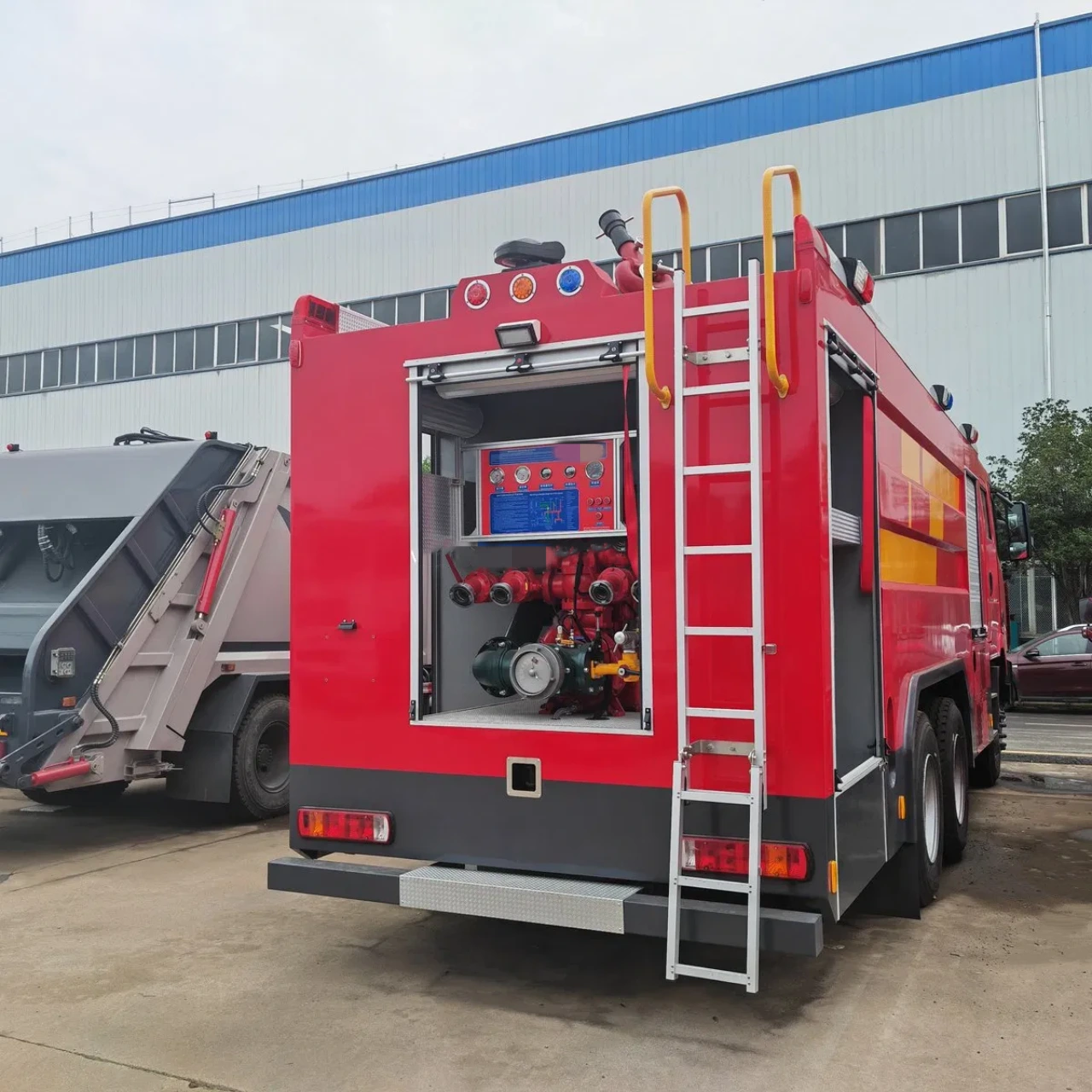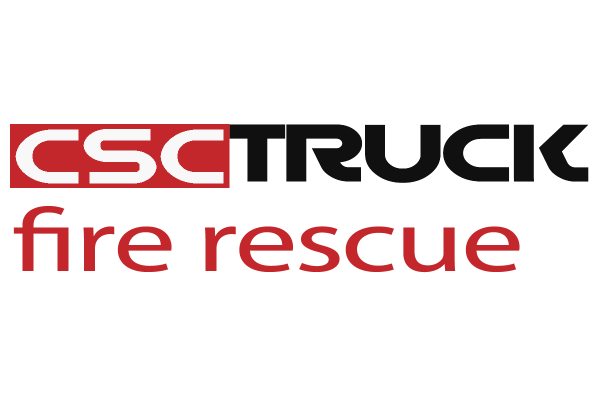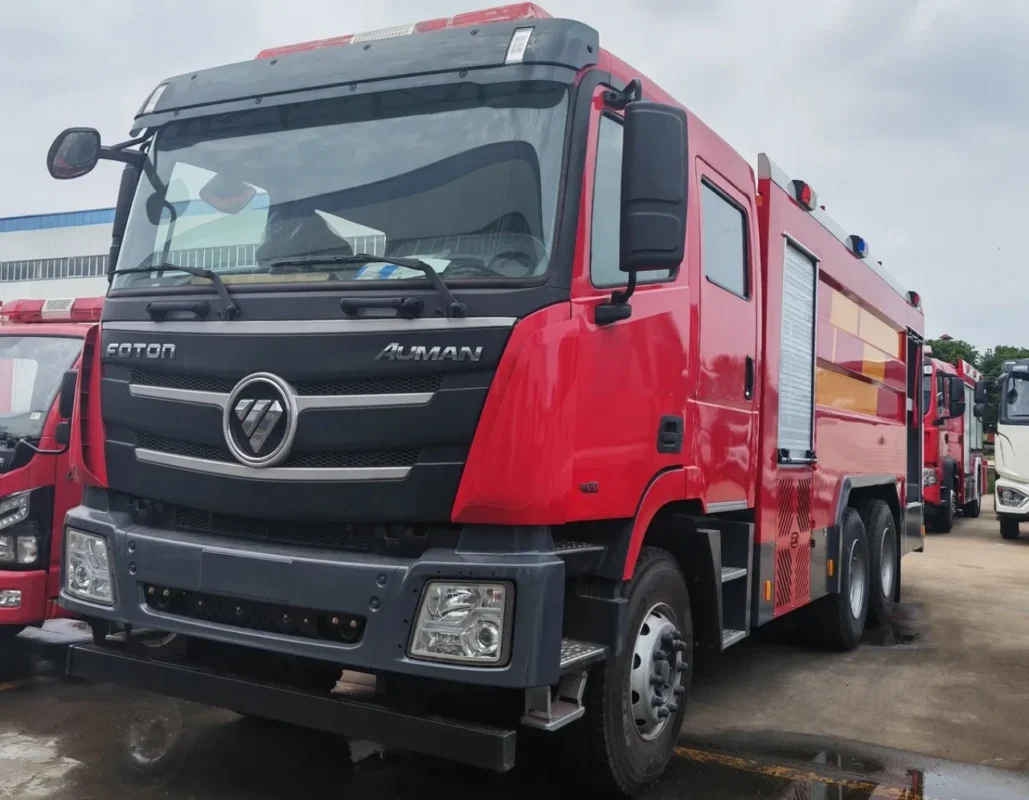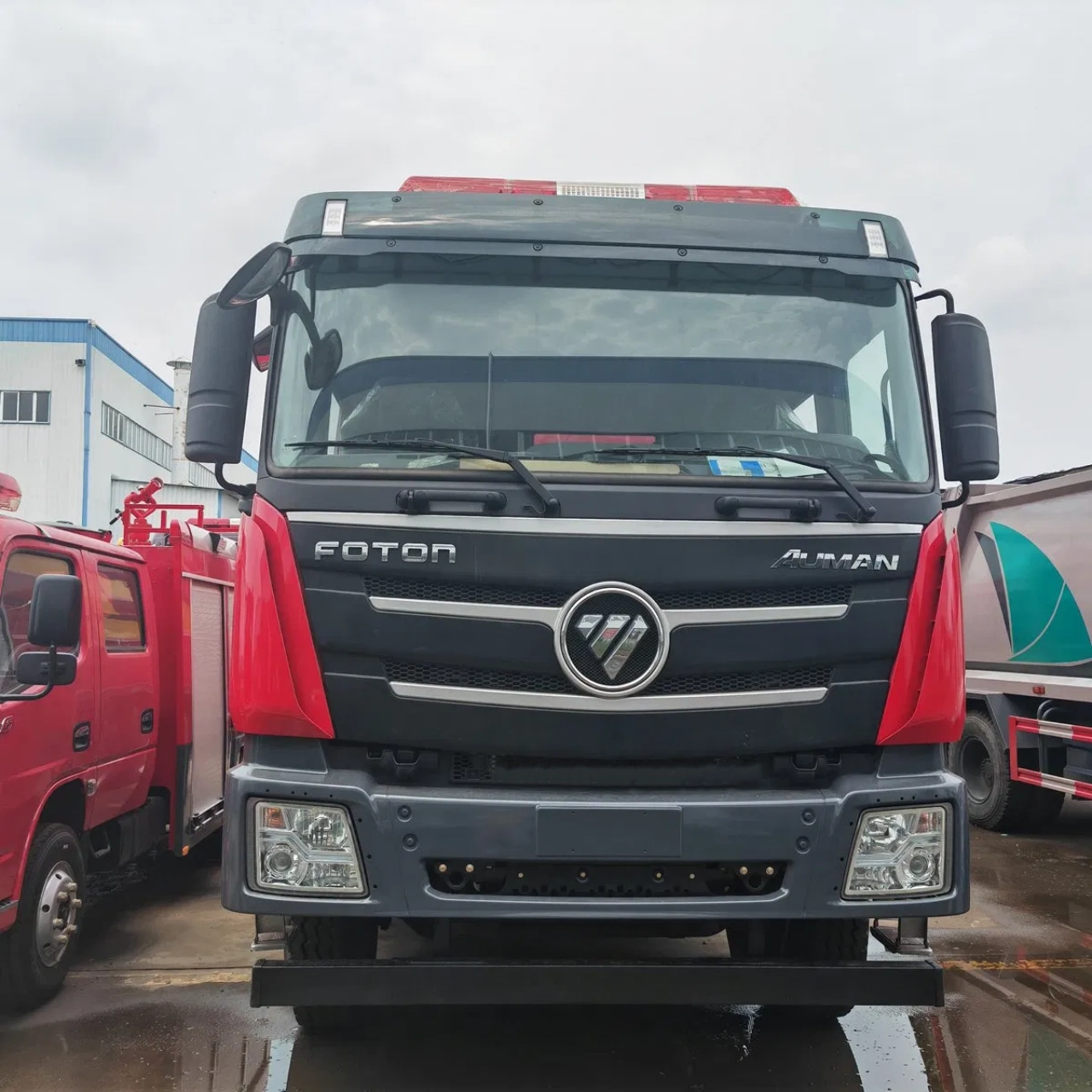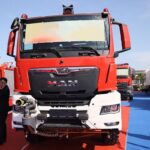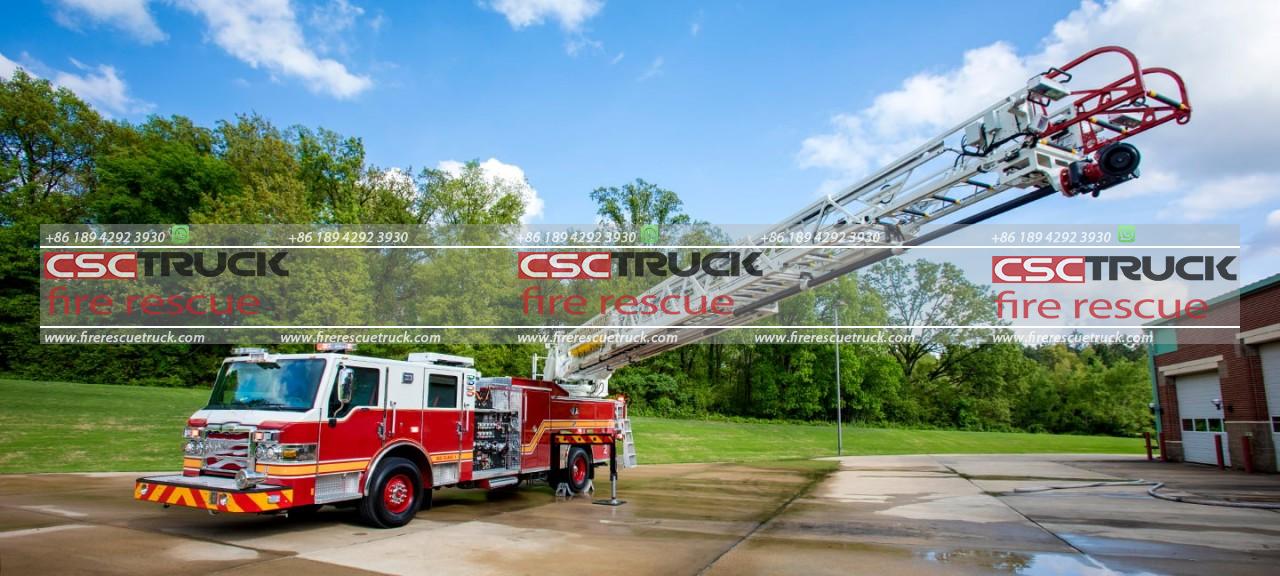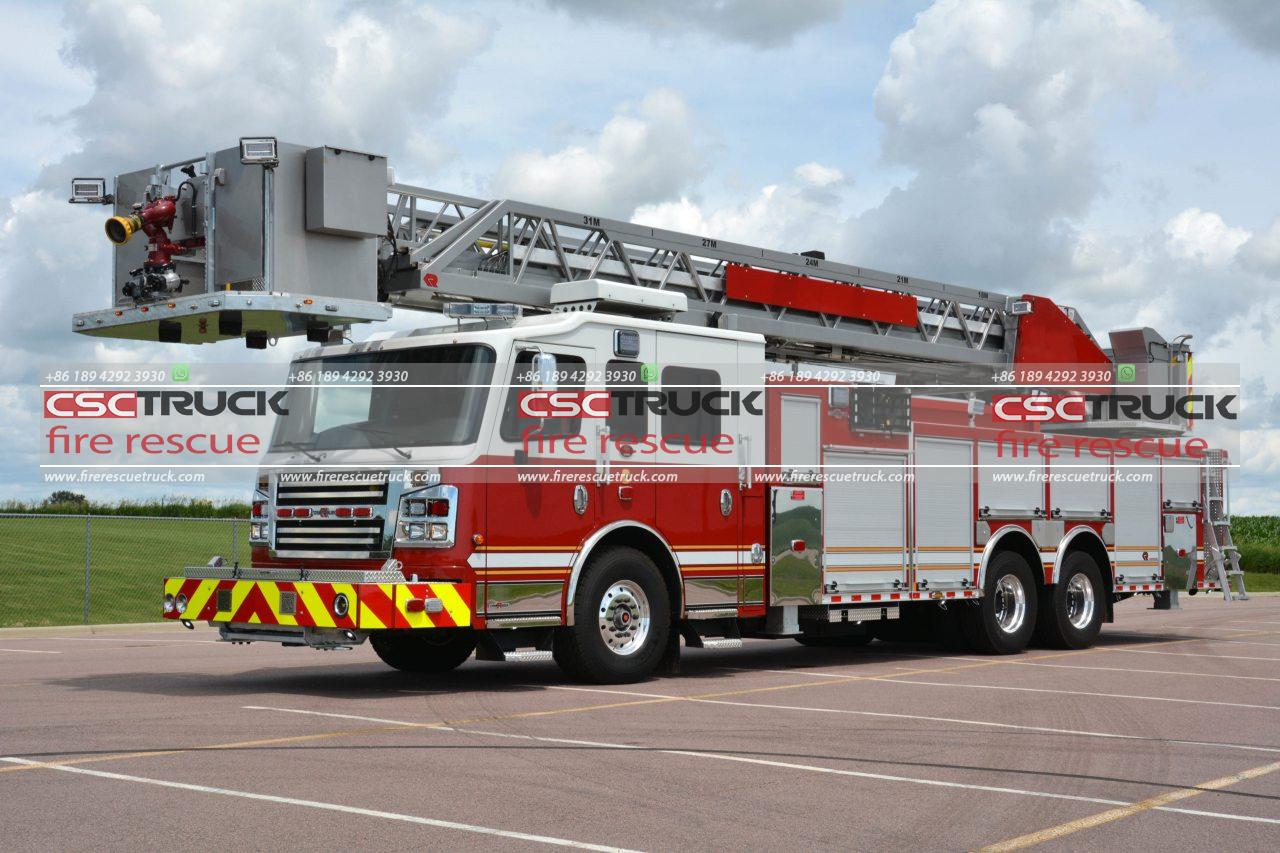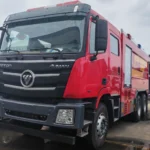Firefighting vehicles play a crucial role in responding to emergencies, but not all fire trucks are built the same. 2 of the most essential fire apparatus types are the fire engine pumper and the fire truck aerial apparatus. While they may appear similar at first glance, their design, purpose, and equipment differ significantly. Understanding these differences helps firefighters, emergency responders, and even the general public recognize the unique capabilities each vehicle brings to a fire scene.
1. Understanding the Fire Engine Pumper
A fire engine pumper, often referred to simply as a fire engine, is the backbone of firefighting operations. It is primarily designed to deliver water to the fire scene and ensure an immediate water supply for extinguishing fires. These vehicles are equipped with powerful pumps, large water tanks, and hoses to provide rapid fire suppression.
Key Features of a Fire Engine Pumper:
- Water Pump: The heart of a fire engine pumper is its pump, which allows firefighters to move large volumes of water efficiently. These pumps typically have capacities ranging from 750 to 2,500 gallons per minute (GPM), depending on the size and model of the apparatus.
- Water Tank: Fire engines come with onboard water tanks that typically hold between 500 and 1,500 gallons of water. This allows firefighters to begin extinguishing flames immediately upon arrival before connecting to external water sources such as hydrants.
- Hose Storage: A fire engine carries multiple hoses of various sizes and lengths. Attack hoses (typically 1.5 to 2.5 inches in diameter) are used for direct firefighting, while supply hoses (usually 4 to 5 inches) connect to hydrants for sustained water supply.
- Foam Systems: Many fire engines include foam proportioning systems to aid in extinguishing fires involving flammable liquids.
- Firefighter Tools & Equipment: Fire engines are equipped with axes, pry bars, ventilation tools, breathing apparatus, and medical supplies to support firefighters in various rescue and suppression tasks.
Primary Functions of a Fire Engine Pumper:
- Fire Suppression: The main role of a fire engine is to bring water to the scene and apply it to burning structures, vehicles, or wildland fires.
- Rescue Operations: Fire engines often carry tools for forced entry, vehicle extrication, and basic medical response.
- Water Supply Support: When necessary, a fire engine acts as a relay pump to boost water pressure and supply larger aerial apparatus.

2. Understanding the Fire Truck Aerial Apparatus
A fire truck aerial apparatus, often referred to as an aerial ladder truck, is designed primarily for rescue and elevated fire suppression rather than transporting large amounts of water. These trucks feature long, extendable ladders and platforms that allow firefighters to access high-rise buildings, rooftops, and other elevated locations.
Key Features of a Fire Truck Aerial Apparatus:
- Aerial Ladder or Platform: The defining feature of an aerial apparatus is its long ladder, which typically extends 75 to 135 feet. Some aerial apparatuses come with bucket platforms (tower ladders) at the end of the ladder for stable positioning of firefighters and equipment.
- Stabilizers (Outriggers): To ensure stability when the ladder is in use, fire trucks are equipped with outriggers that extend outward to balance the vehicle.
- No Water Tank (Typically): Unlike fire engines, aerial trucks do not usually carry large water tanks. Instead, they rely on external water sources or fire engines to supply water to the ladder’s nozzle.
- Fire Hose Connections: While aerial ladders can support mounted nozzles, they require external water sources to function effectively.
- Ventilation and Rescue Tools: Aerial trucks carry tools such as saws, axes, and fans to assist with roof ventilation and rescue operations.
- Search and Rescue Equipment: These trucks often carry ropes, harnesses, and stretchers for high-angle rescues.
Primary Functions of a Fire Truck Aerial Apparatus:
- Rescue Operations: Aerial ladders are essential for reaching the upper floors of burning buildings to rescue trapped occupants.
- Elevated Fire Suppression: The ladder-mounted nozzles allow firefighters to direct water from above, helping to control flames that cannot be reached from the ground.
- Ventilation: Aerial trucks assist in cutting ventilation holes on roofs to release heat and smoke, improving interior conditions for firefighters and occupants.
- Overhaul Operations: After a fire is under control, aerial ladders help access damaged structures for overhaul and inspection.
3. Key Differences Between a Fire Engine Pumper and a Fire Truck Aerial Apparatus
| Feature | Fire Engine Pumper | Fire Truck Aerial Apparatus |
|---|---|---|
| Primary Role | Fire suppression & water supply | Elevated firefighting & rescue |
| Water Tank Capacity | 500-1,500 gallons | Typically none |
| Pump Capacity | 750-2,500 GPM | Usually not equipped with a pump |
| Hose Storage | Carries various hose types | Minimal hose storage |
| Aerial Ladder | Typically none | 75-135 feet extendable ladder |
| Rescue Operations | Ground-level rescue & extrication | High-rise rescues & roof operations |
| Ventilation Tools | Basic equipment | Advanced tools for roof ventilation |
| Water Supply | Can supply water to an aerial truck | Requires external water supply |
4. How They Work Together on the Fireground
During a fire emergency, both fire engine pumpers and fire truck aerial apparatuses are deployed together, each performing its specialized functions:
- Fire engines arrive first to begin attacking the fire with water from their onboard tanks while connecting to hydrants for sustained operations.
- Aerial trucks arrive soon after to perform rescues, ventilate structures, and assist in extinguishing the fire from elevated positions.
- Fire engines supply water to aerial trucks, ensuring their ladder-mounted nozzles have sufficient pressure for high-volume water application.
- Both vehicles support firefighter safety by working together efficiently, ensuring the fire is brought under control while minimizing risks to personnel.
Conclusion
While both fire engine pumpers and fire truck aerial apparatuses are essential firefighting tools, they serve distinct purposes. Fire engines focus on delivering water and suppressing fires at ground level, while aerial trucks specialize in high-reach operations, rescues, and elevated fire suppression. Fire departments strategically deploy these apparatuses based on the type of emergency they face, ensuring that every fire scene is tackled effectively and safely. Understanding the differences between these vehicles highlights the complexity and teamwork involved in modern firefighting operations.
